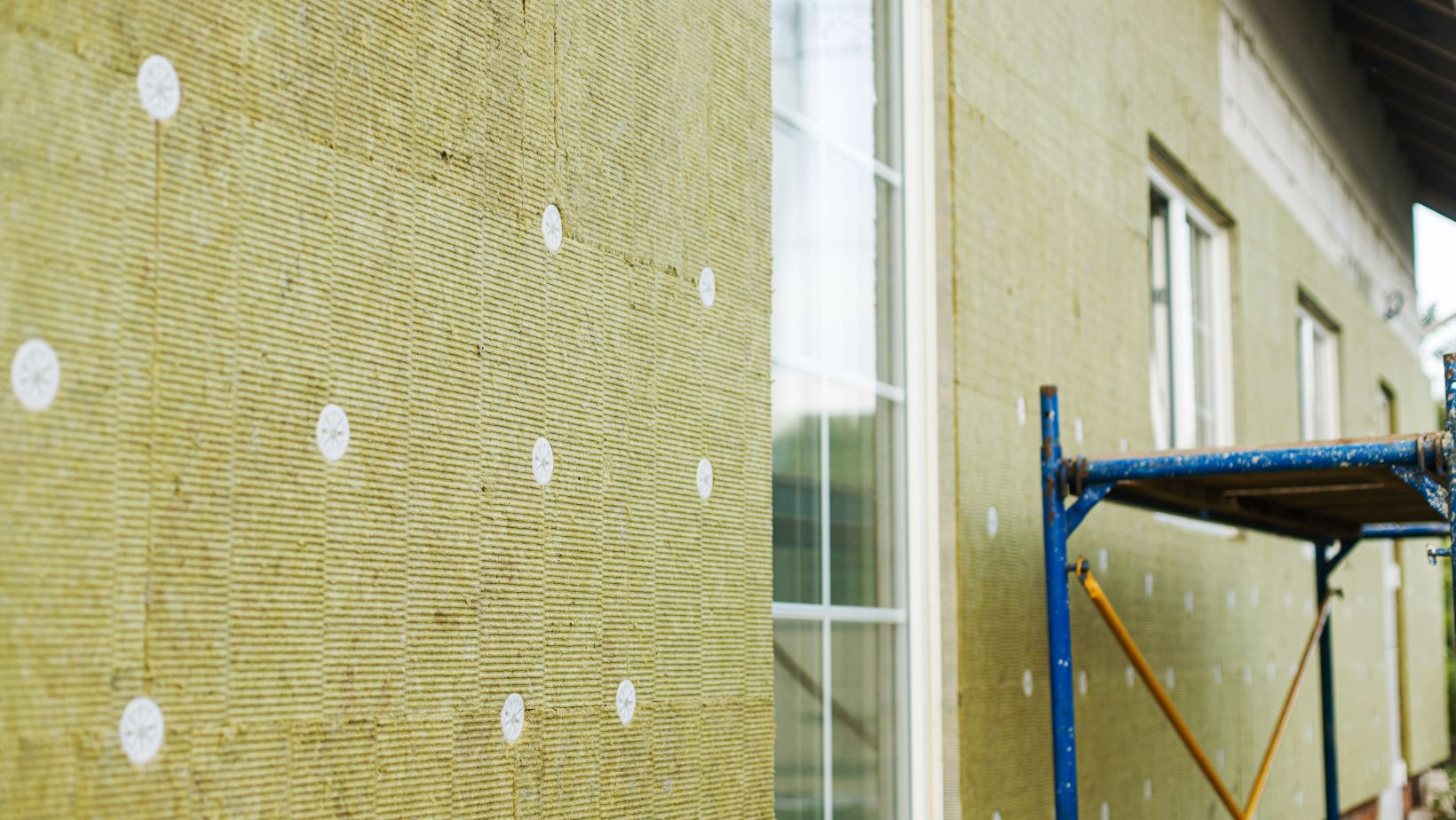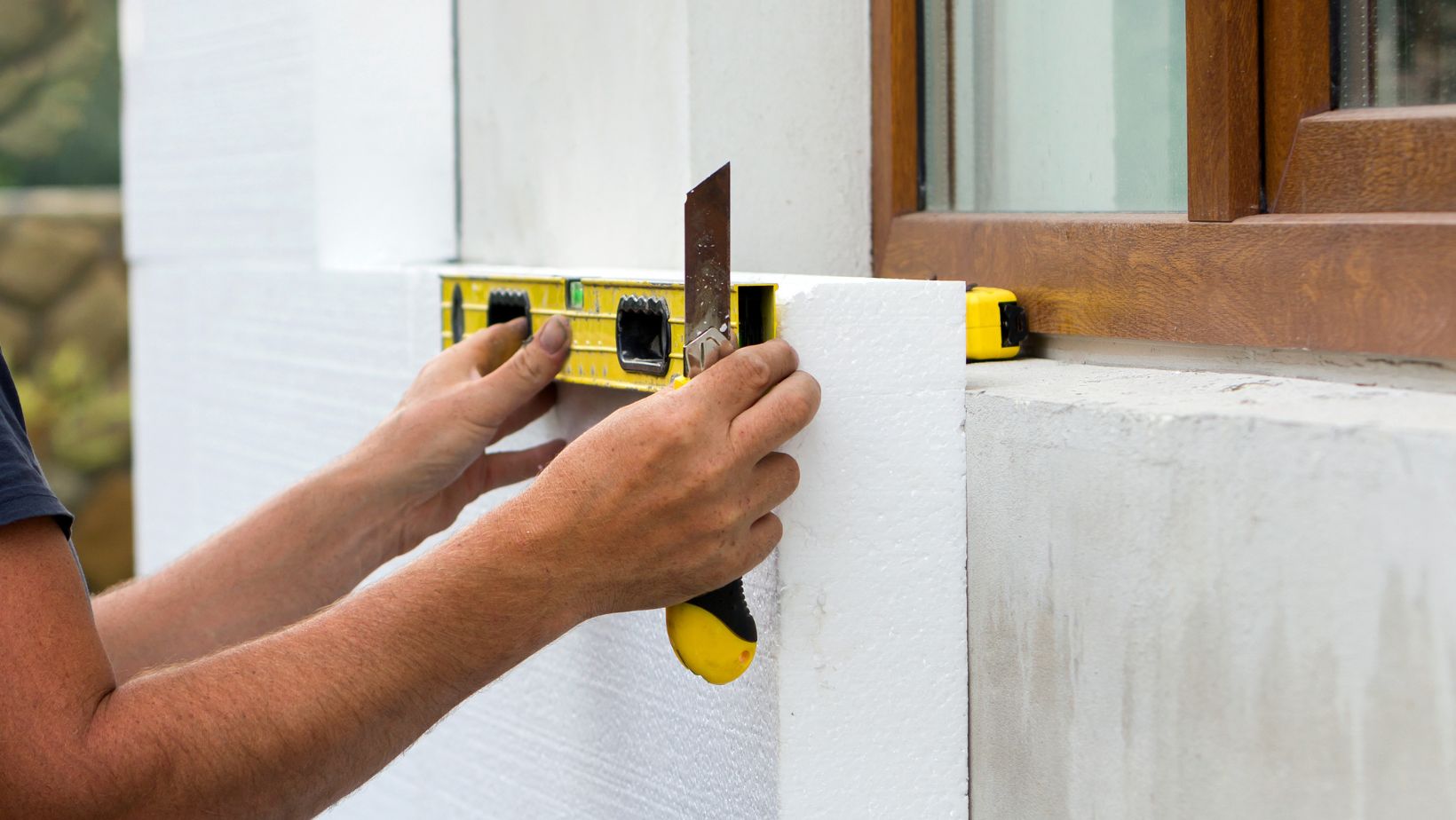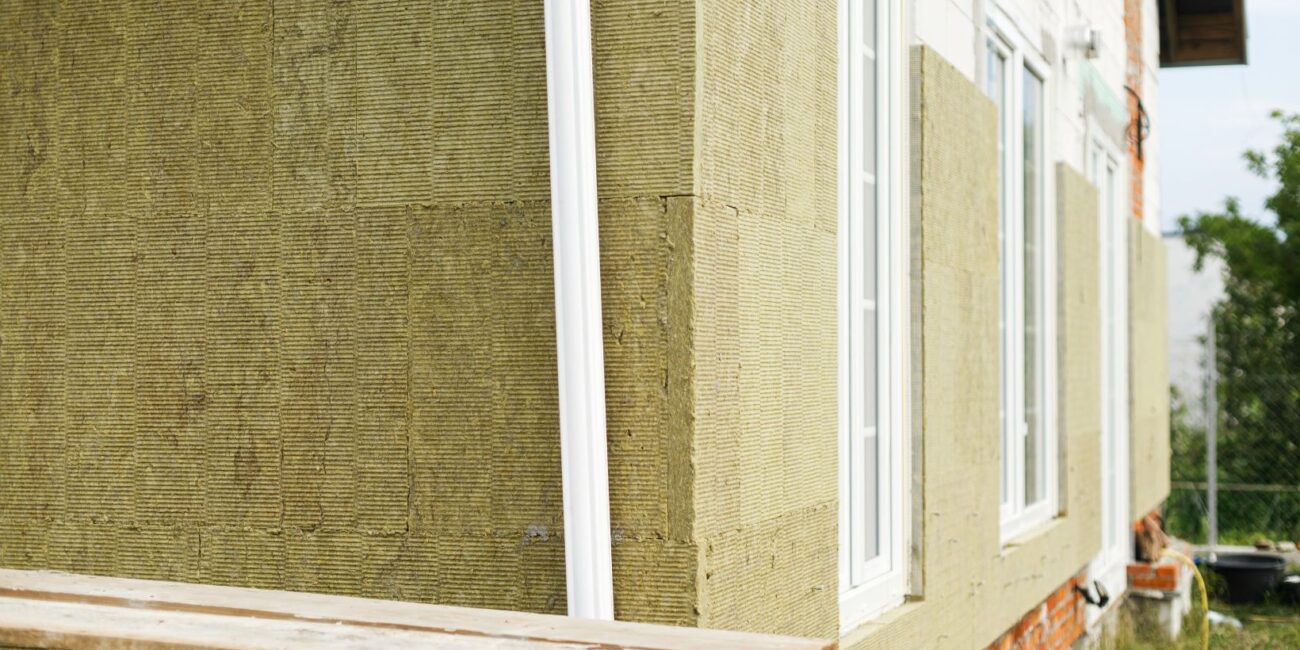Wall panels are one of the fastest-growing segments in commercial construction today, especially in energy efficiency. In this day and age of rising energy demands and sustainability, building owners and contractors are looking for solutions that will reduce energy consumption without compromising structural integrity or aesthetic appeal. Among such solutions, the wall panels provide the best methods to accomplish this. These come with a myriad of materials, designs, and installation modes to create new ways for reduced energy consumption, reduced carbon footprints, and the creation of interior climates that are far more comfortable.
Thermal Insulation for Energy Savings
Probably the biggest way wall panels can enhance energy efficiency is through their capacity to improve thermal insulation. These insulated wall panels reduce the transmission of heat and thus can incredibly affect heating and cooling costs. This allows the HVAC system to operate effectively by not letting too much heat escape during winter or enter during summer. This translates into the consumption of lesser energy and, in the long run, huge savings on utility bills. Advanced insulation technologies integrated into wall panels help keep the interior temperature inside commercial buildings at optimal levels without having to rely too much on energy-intensive systems. This could provide a means to reduce carbon emissions by the building and hence be more sustainable.
Reducing HVAC Load and Improving Comfort
In addition to providing thermal insulation, wall panels reduce the load on HVAC systems. Since these panels are able to bear the temperature fluctuations to a minimum, commercial establishments have to heat or cool less, translating into direct effects on the load carried by heating, ventilation, and air conditioning systems. This goes beyond keeping the indoor climate stable for the comfort of the building’s occupants to also extending the life of HVAC machinery. This, in turn, translates into fewer operation costs in the long run, since the system requires less upkeep and the wear and tear is minimal. Fewer upgrades to the system reduce the overall carbon footprint of the building.
Soundproofing and Acoustic Efficiency
Among the more overlooked aspects of energy efficiency in buildings are the additional roles wall panels can play in enhancing the acoustic performance of a building.

Noise pollution, especially in urban areas, leads to energy inefficiency through the need for extra soundproofing and air conditioning as a means to mask outside disturbance. Most modern wall panel systems have features for soundproofing that enhance indoor acoustics and reduce the need to install high-powered air circulation systems that may be used to drown out outside noise. These properties of the panels can lead to better energy management by avoiding unnecessary energy use and improving the general quality of the indoor environment.
Sustainable Materials for a Greener Future
Besides insulation and acoustic advantages, wall panels generally use materials that contribute to sustainability. Other emerging trends include increased stringency in building codes and the rising demand for green building certifications, making sustainable materials more common in wall panels. Recycled content, renewable resources, and eco-friendly finishes are all manufacturers of panels that can add to the sustainability of a building project. Indeed, these panels have great potential in contributing to environmental goals through the use of fewer natural resources and less waste in commercial buildings. This is very important for the certifications, such as LEED, or Leadership in Energy and Environmental Design, which reward building projects based on the respect shown by the particular project to energy efficiency and environmental responsibility.
Smart Technology for Optimal Energy Use
Panel wall systems in today’s age are becoming smart and more able to adapt to energy-efficient needs. By integrating smart technologies, the panels can take part in active ways of energy management.

They can also be fitted with sensors that measure temperature, humidity, and air quality, for example. Such sensors automatically actuate heat-and-cool settings to optimize energy use and comfort inside the building. The possibility of integrating certain wall panels with a building management system would allow the properties to monitor in real time and make adjustments for real energy efficiency. These innovations in technology will continue to become even more sophisticated in promoting greater levels of energy conservation in commercial buildings.
The future of wall panels in commercial construction is bright. As demand for energy-efficient buildings continues to rise, the use of wall panels will become increasingly important in creating comfortable, sustainable, and cost-effective environments. Continuous improvement in material, insulation properties, and the integration of intelligent technology would foster the belief that these wall panels someday will revolutionize the way commercial buildings work. In this way, the panels are one of the most versatile options for energy efficiency in the built environment, including improved thermal or acoustic performance, even using sustainable construction materials that may help in the development of a path toward a greener and more energy-sensitive future for commercial real estate.



